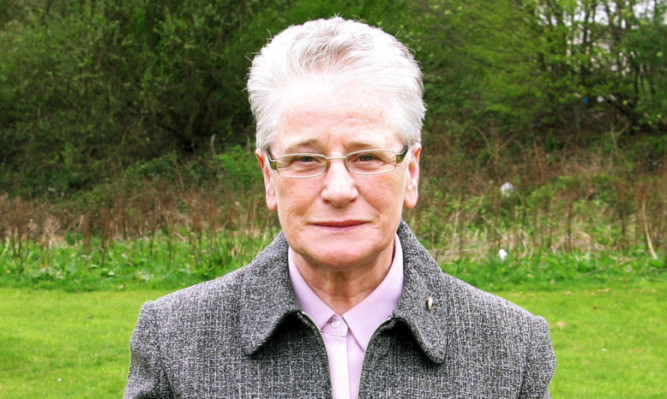The healthcare watchdog behind a controversial report into Ninewells Hospital in Dundee is conducting a review into the way it was handled.
Healthcare Improvement Scotland (HIS) came under fire from MSPs and four inspectors have resigned since the original inspection report claiming 35 patients were left on trolleys in the corridor waiting for treatment was alerted.
Meanwhile, Dr Frances Elliot, head of the organisation at the time, has now moved to a newly-created temporary position as one of two deputy chief medical officers with the Scottish Government.
Margaret Watt, of the Scottish Patients’ Association, said she welcomed the review as she feels those responsible have yet to be held to account.
She said: “Heads should have rolled. The people who allowed that report to be alerted should have been sacked, not moved to new jobs.
“She was responsible and this happened on her watch. We are 100% behind the HIS. I think it is the best group the Government has ever set up but if it is not independent people won’t have trust in it.”
A spokesman for HIS confirmed that the group is carrying out a review of the Ninewells inspection to ensure it improves patient care.
He said: “It is important that we consider lessons to be learned from this particular inspection to inform future scrutiny work and to maximise its impact in delivering improvements to patient care.
“We therefore invited external experts to review the processes surrounding the inspection carried out on the care of older people at Ninewells Hospital.
“The review team will seek the input from all involved in the Ninewells inspections and from other stakeholders. We aim to have a report completed and published by May.”
The review will be conducted by Audrey Cowie, former professional adviser to the chief nursing officer directorate in Scottish Government; David Cumming, latterly director of operations, care inspectorate and deputy chief inspector, social work inspection agency; and Frances Dow, former vice-principal of Edinburgh University and chairman of review of professionalism in nursing and midwifery.
He added: “The public should be assured that the inspection report went through a robust quality assurance process, that NHS Tayside are addressing the issues raised in the report and have implemented an action plan to improve the care patients receive.”
The spokesman also confirmed the latest resignation from the organisation of lay inspector Graeme Ballantine, who was not involved in the Ninewells report, from his role as a public partner last week.
The organisation could not comment on Mr Ballantine’s motivation for leaving but it has been reported he took the decision in protest at the shelving of the original inspection team’s report.
NHS Tayside stands by a statement made previously that the original report contained factual inaccuracies, “backed up by firm clinical evidence and patient data” which were raised, “in accordance with HIS routine procedure”.
Chairman Sandy Watson said: “In particular, the report stated there were 35 patients waiting on trolleys and wheelchairs in a corridor for several hours.
“The 35 patients had, in fact, been admitted over the course of the day and into the next day and were not in trollies in a corridor but undergoing assessments in the middle of the ward.”
